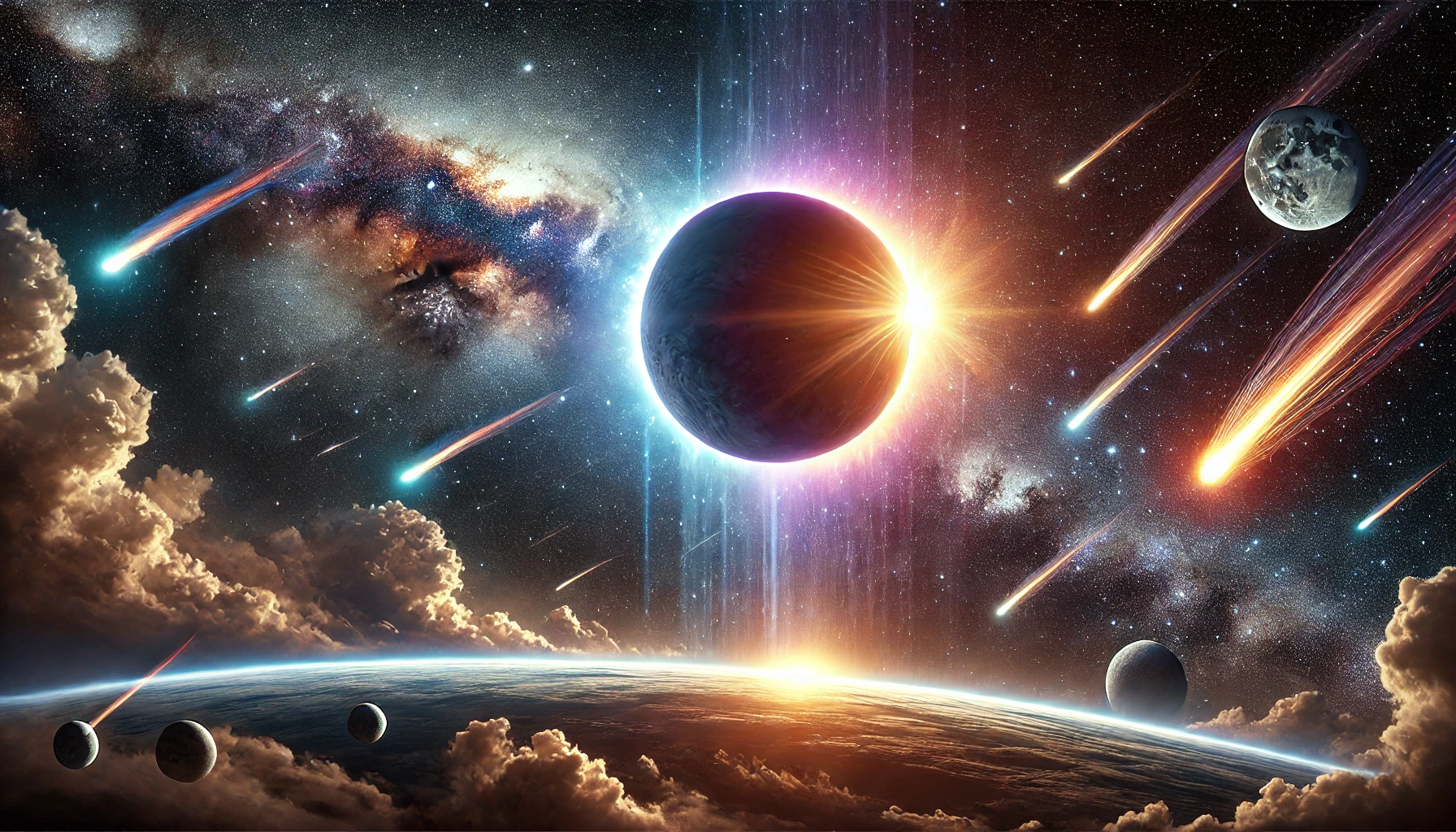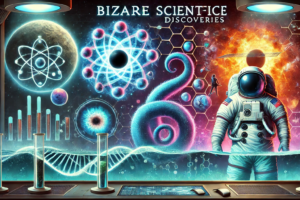The Ultimate Guide to 2025 Astronomical Events: Eclipses, Meteor Showers, and More
The year 2025 is packed with breathtaking celestial events, from solar and lunar eclipses to planetary alignments and meteor showers. Whether you are an amateur stargazer or an astronomy enthusiast, this guide will help you mark your calendar for the most awe-inspiring 2025 astronomical events.
Solar eclipses are among the most mesmerizing celestial events. In 2025, we will witness two major solar eclipses:
- March 29, 2025 – Partial Solar Eclipse visible from North America and Europe.
- September 21, 2025 – Annular Solar Eclipse visible from the Pacific and South America.
To safely watch these solar eclipses, use solar viewing glasses or pinhole projectors. Never look directly at the Sun without proper eye protection.
Lunar eclipses occur when the Earth casts its shadow on the Moon. There will be two significant lunar eclipses in 2025:
- March 14, 2025 – Total Lunar Eclipse, producing a spectacular Blood Moon visible in Asia, Australia, and the Americas.
- September 7, 2025 – Partial Lunar Eclipse visible across Europe, Africa, and Asia.
The deep red hue of a Blood Moon occurs due to the scattering of sunlight through Earth’s atmosphere, making it a must-watch event for skywatchers.
Supermoons occur when the full moon is at its closest approach to Earth, making it appear brighter and larger in the sky. The 2025 Supermoons will take place on:
- February 9, 2025
- August 10, 2025
- September 8, 2025
These events are perfect for photographers and night sky lovers. Be sure to head to a location with minimal light pollution for the best viewing experience.
One of the most anticipated 2025 planetary alignments occurs in June, when Mars, Jupiter, and Saturn align in a straight line. This rare event offers an excellent opportunity for telescope viewing and astrophotography.
A fascinating phenomenon will take place in 2025 – Saturn’s rings will seem to disappear from Earth’s view. This occurs because Saturn’s ring plane will be edge-on to us, making the rings nearly invisible. The next time this will happen is in 2039, so don’t miss this opportunity!
Meteor showers are another highlight of 2025. Some of the most spectacular ones include:
- Lyrids (April 22-23, 2025) – Up to 20 meteors per hour.
- Perseids (August 11-13, 2025) – One of the best annual showers with up to 100 meteors per hour.
- Geminids (December 13-14, 2025) – Known for bright and colorful meteors.
To maximize your meteor shower viewing experience, find a dark-sky location away from city lights.
The 2025 Northern Lights, or Aurora Borealis, are expected to be exceptionally vibrant due to the Sun’s high solar activity cycle. Best viewing locations include:
- Alaska (USA)
- Lapland (Finland, Sweden, Norway)
- Canada (Yukon, Northwest Territories)
For the best chance of witnessing the Northern Lights, plan your trip around the new moon phase and check aurora forecasts.
If you want a quick summary of all major 2025 celestial events, check reliable sources such as NASA’s official website.
The 2025 astronomy events promise breathtaking sights for skywatchers worldwide. From 2025 solar eclipses and lunar eclipses to meteor showers and planetary alignments, this year offers something for every space enthusiast. Whether you’re interested in seeing a Blood Moon, capturing a Supermoon, or witnessing Saturn’s rings disappear, now is the time to prepare your stargazing gear.
For more educational insights, visit Regent Studies and stay updated with the latest astronomical discoveries. Happy stargazing!




